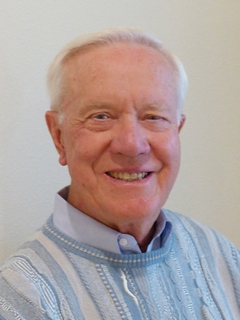
Introduction to Machine Learning
This book surveys many of the important topics in machine learning circa 1996. The intention was to pursue a middle ground between theory and practice. It is neither a handbook of practice nor a compendium of theoretical proofs.
Tag(s): Machine Learning
Publication date: 01 Jan 2005
ISBN-10: n/a
ISBN-13: n/a
Paperback: 188 pages
Views: 30,245
Type: N/A
Publisher: n/a
License: n/a
Post time: 19 Nov 2006 04:48:12
Introduction to Machine Learning
 This book surveys many of the important topics in machine learning circa 1996. The intention was to pursue a middle ground between theory and practice. It is neither a handbook of practice nor a compendium of theoretical proofs.
This book surveys many of the important topics in machine learning circa 1996. The intention was to pursue a middle ground between theory and practice. It is neither a handbook of practice nor a compendium of theoretical proofs.
Publication date: 01 Jan 2005
ISBN-10: n/a
ISBN-13: n/a
Paperback: 188 pages
Views: 30,245
Document Type: N/A
Publisher: n/a
License: n/a
Post time: 19 Nov 2006 04:48:12
Nils J. Nilsson wrote:This material may not be copied, reproduced, or distributed without the written permission of the copyright holder. It is being made available on the world-wide web in draft form to students, faculty, and researchers solely for the purpose of preliminary evaluation.
Book Excerpts:
This book surveys many of the important topics in machine learning circa 1996. The intention was to pursue a middle ground between theory and practice. This book concentrates on the important ideas in machine learning -- it is neither a handbook of practice nor a compendium of theoretical proofs. The goal was to give the reader sufficient preparation to make the extensive literature on machine learning accessible.
Machine learning usually refers to the changes in systems that perform tasks associated with artificial intelligence (AI). Such tasks involve recognition, diagnosis, planning, robot control, prediction, etc. The "changes" might he either enhancements to already performing systems or ab initio synthesis of new systems. Different learning mechanisms might be employed depending on which subsystem is being changed. Readers can study several different learning methods in this book.
This book has taken that the thing to be learned is a computational structure of some sort. It considers a variety of different computational structures:
- Functions
- Logic programs and rule sets
- Finite-state machines
- Grammars
- Problem solving systems
This book presents methods both for the synthesis of these structures from examples and for changing existing structures. In the latter case, the change to the existing structure might be simply to make it more computationally efficient rather than to increase the coverage of the situations it can handle.
Tweet
About The Author(s)
Nils J. Nilsson, Kumagai Professor of Engineering (Emeritus) in the Department of Computer Science at Stanford University, received his PhD degree in Electrical Engineering from Stanford in 1958.

Nils J. Nilsson, Kumagai Professor of Engineering (Emeritus) in the Department of Computer Science at Stanford University, received his PhD degree in Electrical Engineering from Stanford in 1958.